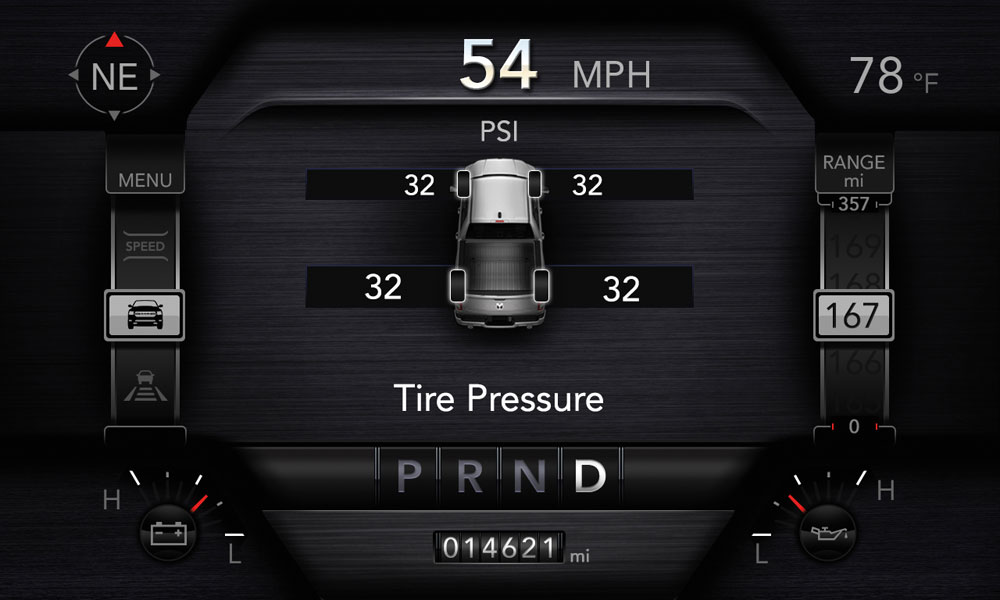Your tires take a beating, given the potholes and debris that lurk on roads and highways.
With spring and summer road trips looming, checking and maintaining proper pressure in your tires is key to arriving safely.
Helping with that task is your vehicle’s tire pressure monitoring system (TPMS). Every new light-duty vehicle since the 2008 model year carries TPMS standard, and the technology appears on some older vehicles. A wireless pressure sensor mounted in each wheel sends a reading to the car’s computer.
Driving on under-inflated tires affects vehicle handling and generates extra heat, which can lead to a tire failure.
A TPMS warning triggers when tire pressure falls significantly below (25 percent) the recommended cold tire inflation setting. So, if the recommended pressure for a tire is 35 psi, the TPMS warning lights if pressure falls to about 26 psi – and the tire may not appear low just by looking at it.
It is important to check each tire’s pressure as soon as possible if the TPMS warning lights up. The warning looks like this:

Tire Pressure Monitoring System warning icon
Temperature affects tire pressure, which drops about 1 psi for every 12 degrees the temperature drops. This explains why the TPMS warning may light on a cold morning and then turn off as the tire warms up during driving.
Nonetheless, if the TPMS warning comes on at any time, at least one of your tires is under inflated and needs attention. Also, know that if the TPMS warning flashes then stays lit, the system requires servicing and may not detect low pressure in a tire.
Here’s a short video from Mopar that describes the TPMS:
What is the correct cold inflation pressure for your tires and vehicle? Check the sticker on the driver’s doorjamb or your owner’s manual, not the maximum pressure listed on the tire sidewall.
The service department of any Chrysler-Dodge-Jeep-Ram dealership will help make sure your tires’ pressures are at the correct level.
A few minutes of attention now can help prevent having to change a tire or waiting for roadside assistance when you really want to be somewhere else.




